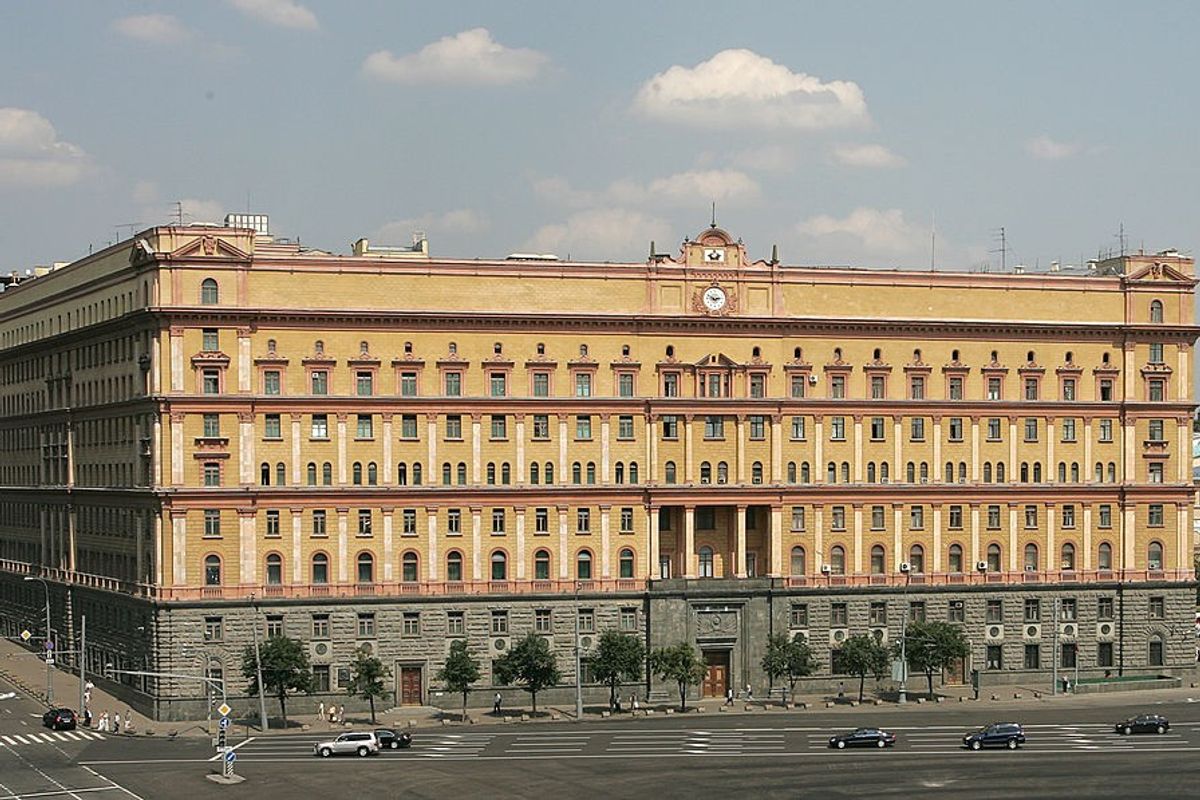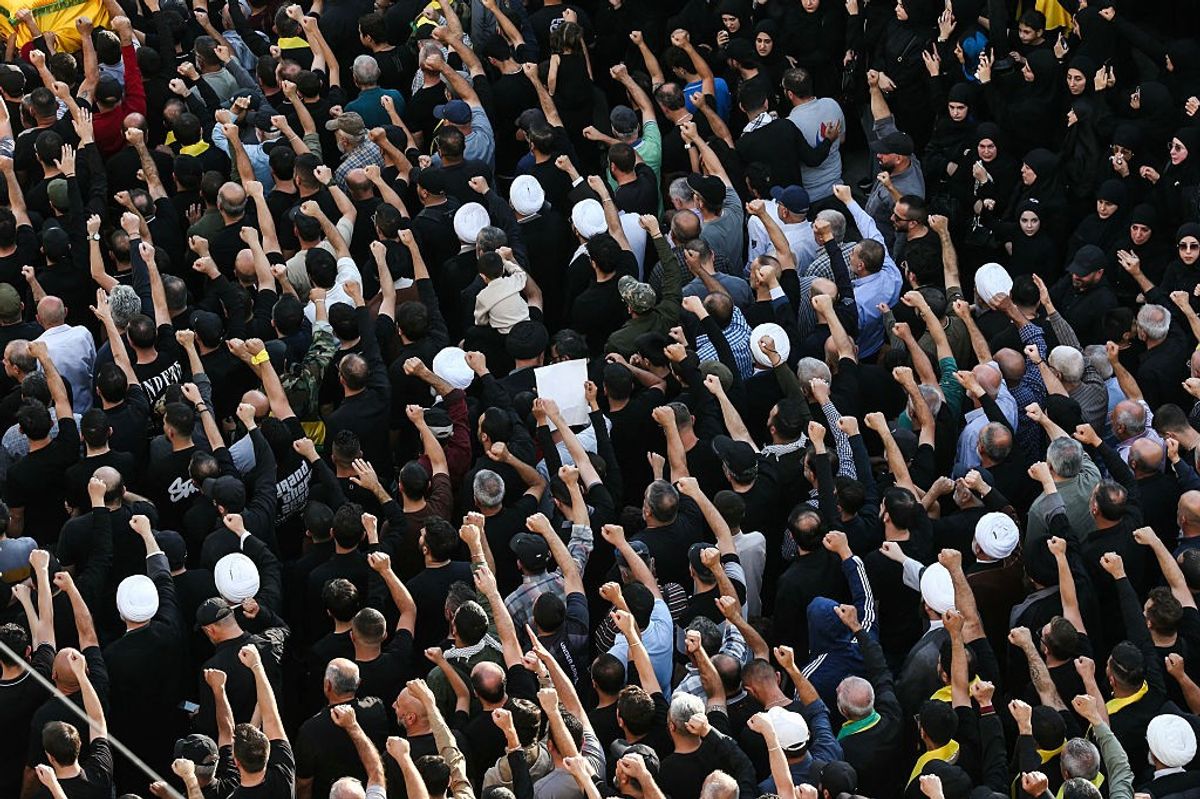OPINION — Hamas’s surprise attack on Israel this morning Saturday October 7, 50 years plus one day since the October 1973 war, has every national and global news outlet question Israeli intelligence failure. Unfortunately for Israel and the United States, this is not the first example of such a colossal intelligence blunder. US and Israeli intelligence also were broadsided by the October 1973 war and by the Hamas election in January 2006 in Gaza.
How did the goal of post-failure “lessons learned” reports to educate intelligence analysts to reassess their analytic assumptions fall by the wayside? Why did Israeli intelligence not internalize the lessons of the failure associated with the 1973 war or the 2006 Hamas elections? Today’s Hamas’s military attacks on Israel are a clarion call to Israeli and Western intelligence services to re-examine their approach to understanding other (non-Western) societies and their approach to war and peace.
Comprehending past failures is instructive to anticipating and imagining a different and hopefully a better future. Before addressing the October 1973 War, a few introductory remarks are in order:
- Fifty years after the 1973 War, the view of what happened or didn’t happen is much clearer than when US and Israeli intelligence analysts were in the middle of a fast-developing event.
- All source intelligence, especially collection and analysis, has become much more sophisticated in the past five decades, especially regarding context, leaders’ decision-making processes, their intent, motivations, and strategic thinking, and their ability at denial and deception or D&D.
- Despite analytic pitfalls and failures over the years, intelligence today is more critical for policymakers than ever. That was the case for President Nixon in 1973, and it remains the case for President Biden today.
- Global terrorism in the past two decades has changed dramatically, but it remains a threat domestically and internationally.
- Human or HUMINT Intelligence analysis continues to place little value on qualitative and hard to quantify issues that drive societies to act, including human dignity, honor, justice, and freedom.
It's not just for the President anymore. Cipher Brief Subscriber+Members have access to their own Open Source Daily Brief, keeping you up to date on global events impacting national security. It pays to be a Subscriber+Member.
Lessons from the 1973 War
A reading of declassified intelligence reports, briefings, memos, National Intelligence Estimates or NIEs, and other documents included on the 1973 War CDs that are at the Nixon Library reveals that American, Israeli, and other intelligence analysts at the time did not expect President Sadat to initiate hostilities when he did. They generally dismissed his pre-war planning as routine military exercises.
Although context, expertise, and data mining were key to intelligence analysts’ efforts to figure out Sadat’s war plans, they were lulled into complacency by a mindset, which relied on several faulty signposts, including the following:
- Group think and hesitancy to question one’s colleagues and superiors.
- Western logic (for example, how could Sadat go to war from such a weak military position knowing that he would be defeated).
- Excessive reliance on Israeli intelligence assessment (for example, why would US intelligence second guess the Israeli Mossad and Military Intelligence assessment that Sadat was not preparing for war).
- Reliance on trends as a substitute for facts (for example, as Egypt had conducted military exercises annually every October, why should the October 1973 exercises be any different?)
- A lack of understanding of Sadat’s strategic political calculations (for example, how could he risk fighting a potentially losing war for political ends, and how would his ultimate strategic objectives—ending the Israeli occupation of Sinai, re-opening the Suez Canal, disengaging from the Soviet Union, or getting closer to the United States—be served by fighting such a war?)
- A misguided notion of Arab or Middle Eastern culture (for example, how could the Arabs agree among themselves to develop such a daring war plan and yet keep it a secret, and if Egyptians could not wait in line to get on a bus, how could they plan to cross the Canal undetected and with such precision using “primitive pontoon technology”?)
- Acceptance of conventional wisdom and analytic assumptions at face value (for example, why question Sadat’s long-term view about the region and strategic attitude toward the US and the USSR when his immediate actions were friendly toward the USSR and critical of the US?)
The Nixon Library declassified intelligence documents on the 1973 War reveal several illustrative statements in the months preceding the outbreak of hostilities on October 6:
- “There is no conclusive evidence that Sadat has made a decision to attack” (May 11).
- “No military indicators suggesting preparations for war” (May 15).
- “Substantial Egyptian Israeli hostilities appear unlikely in the next few weeks. Sadat does not yet appear committed to an attack on the Israelis” (May17).
- “The political climate in the Arab world argues against a major Syrian military move against Israel at this time” (September 30).
- “An outbreak of major Arab Israeli hostilities remains unlikely for the immediate future” (October 4).
- “The exercise and alert activities under way in Egypt may be on a somewhat larger scale and more realistic than previous exercises, but they do not appear to be preparations for a military offensive against Israel” (October 5).
- “For Egypt, a military initiative makes little sense at this juncture of President Sadat’s reorientation of domestic and foreign policies. For the normally cautious Syrian President, a military adventure now would be suicidal” (October 6).
- “No hard evidence of a major coordinated Egyptian Syrian offensive across the Canal and in the Golan Heights area” (October 6).
- “Sadat is willing to negotiate permanent peace” (cable from US Ambassador in Teheran to Secretary of State Henry Kissinger, October 7).
Subscriber+Members have a higher level of access to Cipher Brief Expert Perspectives and get exclusive access to The Dead Drop, the best national security gossip publication, if we do say so ourselves. Find out what you’re missing. Upgrade your access to Subscriber+ now.
Hamas Elections in January 2006 were another intelligence failure for US and Israeli intelligence analysts. Our analysts at the time underestimated Hamas’s political and electoral strength in the Gaza Strip and overestimated Fatah’s electoral pull. Israeli and US policymakers at the time listened mostly to the rosy predictions made by Muhammad Dahlan who was the Palestinian Authority’s operative in Gaza.
Israeli and Us Intelligence analysts made several erroneous judgments at the time. They underestimated Dahlan’s personal and political ambitions. He was hoping to rule Gaza if the elections went his way and proceeded to brief Western analysts and policymakers that Hamas’s forthcoming electoral defeat was a done deal. Our analysts failed to question his assumptions and judgment.
The analysts also accepted at face value that Palestinians were mostly secular and therefore would vote for a secular party (Fatah) and not an Islamist party (Hamas). They equally misunderstood the power of political Islam and the Islamization trend that was gripping the Muslim world, including the Arab world. Hamas, of course, was an off-shoot of the Egyptian Muslim Brotherhood, the mother of most Sunni Islamic political parties across the Muslim world.
What Don’t We Know?
Stunning as they are, the Hamas attacks are only one day old. Many questions are yet to be answered, including how did Hamas plan such a sophisticated operation for so many months without being detected and how did they pull it off? How and where did Hamas manufacture the thousands of rockets that were fired into Israel and how did Israeli agents and informers in the Gaza Strip fail to detect such a military manufacturing operation? Did Hamas receive tangible support from any external actors—states and non-states—in planning for the so-called Al-Aqsa Storm?
Whereas Sadat’s objective in the 1973 War was ultimately political, it’s too early to assess whether Hamas’ assault on Israel has any objective beyond the “liberation of Palestine” rhetoric.
The Cipher Brief is committed to publishing a range of perspectives on national security issues submitted by deeply experienced national security professionals.
Opinions expressed are those of the author and do not represent the views or opinions of The Cipher Brief.
Have a perspective to share based on your experience in national security? Send it to Editor@thecipherbrief.comfor publication consideration.
Read more expert-driven national security insights, perspective and analysis in The Cipher Brief













